Once upon a time, Ford sold sedans and hatchbacks in America. The Fiesta and the Focus were two entry-level options that delivered good value and solid fuel economy, at the cost of catfish-like looks. Throughout the 2010s they stood as fantastic commuter cars for millions, while enthusiasts reveled in turbocharged, ST- and RS-badged performance models. I owned one, and I absolutely loved it.
But as the 2020s approached, a singular problem reportedly began to plague a great many of these otherwise pleasant hatchbacks and small sedans. Unless you were smart enough to opt for the stick shift, your Fiesta or Focus was equipped with a six-speed “Powershift” dual-clutch automatic transmission.
This gearbox was allegedly faulty, leading to a class-action lawsuit involving nearly two million current and former owners. Here’s how it went down.
The Legend Of Ford’s Economical Dual-Clutch Emerges
Ford’s intentions with the Powershift were pure, of course. Because there’s no torque converter to spin, dual-clutch transmissions often deliver slightly better fuel economy and quicker shifts versus a traditional automatic gearbox—the type of things you’d want in a car like a Focus.
Except, the Powershift also felt like a dual-clutch, rather than a torque-converter automatic. It slipped the clutch to get the car moving, and it shuddered when you crept in traffic. Sometimes, you’d have to put your foot on the gas to get rolling. It was like you were driving a Porsche with an early PDK with a lot of miles on it, except you were in an economy hatchback.
The transmission used a dry-clutch setup instead of a wet-clutch setup to keep efficiency up. That means the clutches operated independently of the transmission oil in a—you guessed it—dry environment, which means there was no fluid to dampen the gears’ engagement. This simply exacerbated the dual-clutchness of it all, leading to owners voicing concerns.
Where It All Went Wrong

I have an unusual amount of first-hand experience with these first-generation Powershift transmissions. My dad bought a 2014 Focus hatch new from the dealer, and while he liked the car, I slowly saw the joy from his eyes fade the more he drove it. He complained constantly about the transmission, noting its shuddering and rough shifts, especially at low speeds. I probably put around 1,000 miles on the car myself and had similar complaints. It often didn’t react how you wanted it to, and wasn’t ever consistent with its shifts or delivery.
And it’s not like replacing parts or changes in the software did much to help, at least according to Car and Driver:
Owners have reported replacing clutches, output shafts, and entire transmissions. They’ve come back for software updates. More often than not, as described by owners we’ve spoken to and on forums across the internet, the problems reappear even after service technicians claim the transmission is within normal factory limits.
All of this culminated in a 2017 class-action lawsuit affecting roughly 1.6 million current and 400,000 former owners of 2011-2016 Fiestas and 2012-2016 Focuses equipped with the Powershift transmission. Ford eventually settled in 2020, giving beneficiaries the option to sell their car back to Ford, receive a cash payment up to $2,325, or receive a discount certificate of up to $4,650 on the purchase of a new Ford, depending on each owner’s situation, according to the settlement’s official website. The Detroit Free Press reported back in 2020 that the settlement payout could eventually exceed $100 million, depending on how many people step up and make a claim.
And as Car and Driver points out, this wasn’t the only lawsuit Ford had to deal with regarding the Powershift. The company also had to pay out 291 owners in Thailand a combined $720,000 over the same problems. Unlike the settlement in America, Ford issued a formal apology to its affected Thai customers, according to Detroit News:
We apologize for the inconvenience caused by the Powershift transmission problems and we reiterate that we will work earnestly to take responsibility for fixing them according to our customer service procedures.
Though Ford never formally admitted fault for the transmission’s problems, an investigation published in 2019 by the Detroit Free Press claimed the company knew of the gearbox’s flaws, yet continued to sell them anyway. From the report:
A high-level, confidential analysis by Ford in 2012 acknowledged rushing the cars to production, taking shortcuts to save money and apparently compromising quality protocols instituted with fanfare by then-CEO Alan Mulally. That review, obtained by the Free Press, also said the transmissions would be phased out and a different technology used going forward, but that didn’t happen. The Focus went out of production after the 2018 model year; the 2019 Fiesta is the last of the line.
By the time of the 2012 review, which was labeled “Lessons Learned,” Ford had sold more than half a million of the cars.
“There is no fix at this time,” system testing engineer Tom Hamm wrote separately in an October 2012 email to four colleagues. “We have a task force working on the issue but they haven’t identified any fixes at this time.”
By then, Ford had known for some time that the transmissions had significant problems.
So What Happened to These Cars?
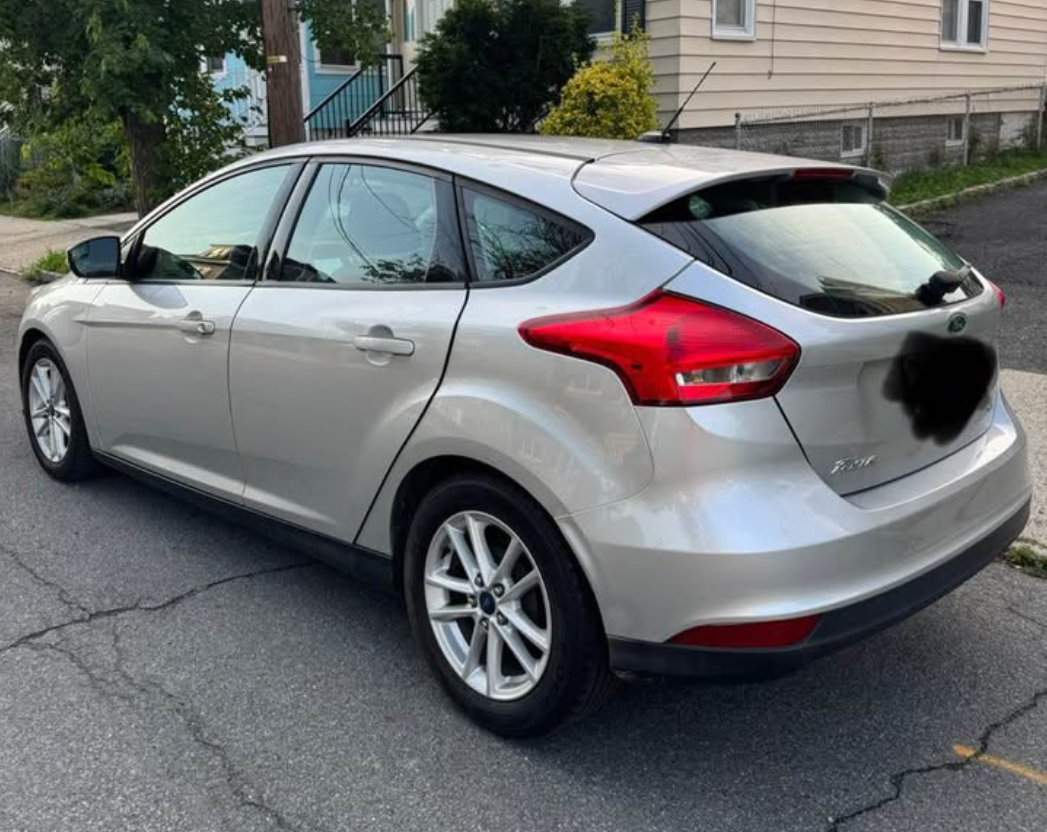
Of course, because there was never a huge recall or crushing campaign, many of these Fiestas and Focuses still exist on the roads today. Ford sold hundreds of thousands of each model, and a quick perusal of Facebook Marketplace in my area lists dozens as running and driving just fine, despite a real, concrete fix never being issued.
I get asked all the time about beater car or commuter car recommendations, and oftentimes I want to recommend something like a Focus or Fiesta of this era. They look fine, and the interior is a perfectly nice place to spend an hour-long commute. Plus, they’re small, maneuverable, and fuel-efficient. With prices (at least in my area) hovering between $4,000 and $7,000 for Focuses and Fiestas of varying miles, they’re super tempting. But knowing this transmission issue exists, I can’t possibly tell someone it’s worth the trouble. And that’s a shame. An otherwise lovely duo of small, affordable cars made essentially useless.
Years after my dad sold his Focus, my uncle picked up a version of the same car, just in red instead of black. While he never complained about how it drove, he remarked about having a tough time selling it because people would constantly try to lowball him over the perceived transmission problems. In the end, he ended up keeping it. I wonder how many other owners have faced the same hardships.
The Best Solution Is Also The Most Enjoyable
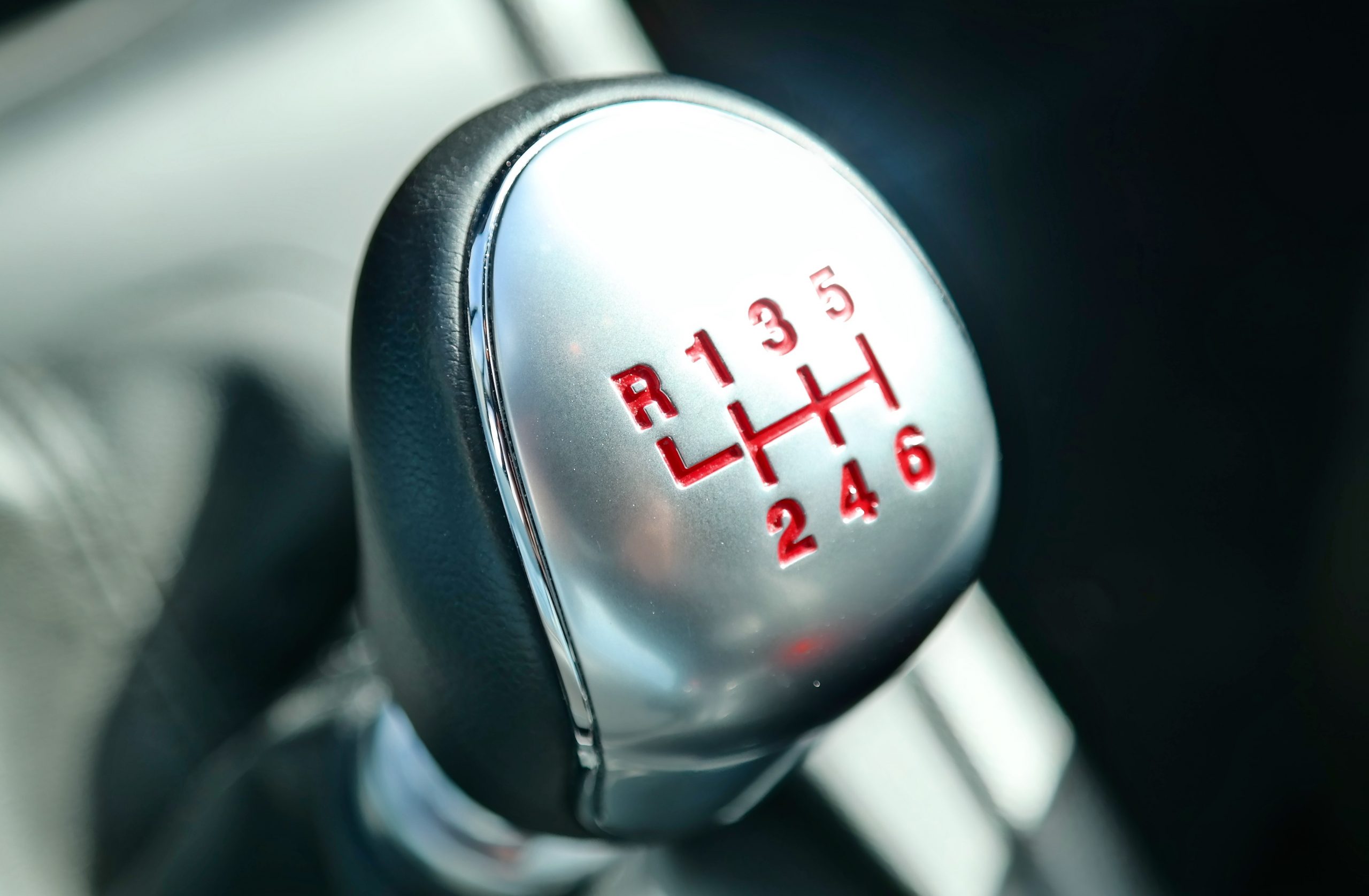
By now, I’m sure you’re screaming into your screen about how whoever wants one of these cars should just buy a manual version. I agree! I learned to drive on a friend’s five-speed 2012 Focus sedan; it was an excellent car. I’ve also spent some time in a base, manual Fiesta, and it was lovely. But this is America, which means most people don’t want to row their own gears. Manual versions are slightly harder to find, and because they don’t have the Powershift’s issues, they’re usually priced slightly higher. It shouldn’t be that way.
There’s another side to this coin, obviously, if you are willing to row your own gears. The base cars are great, but personally, I’d always spring for an ST model. I bought a Fiesta ST new and drove it throughout college. I took it to autocross events, rallycross events, track days, and even ice racing. Not only was it great to drive, but it never once gave me even a hint of any problems (being a new car, I didn’t expect it to).

These days, used Fiesta STs and Focus STs are dangerously affordable. Clean, later-year cars painted in a cool color with the desirable Recaro buckets can be had for around $15,000. If you’re the type who doesn’t care about the number on the odometer, clean-title, running Fiesta STs can be had for as little as $6,000. Focus STs are similarly priced. This one has just 78,000 miles on the clock, and it can be yours for under $9,000. For being world-class hot hatches, these prices are enticing. From a fun-per-dollar perspective, I’d wager the STs are right up there with most Miatas.
There’s also the Focus RS. The all-wheel drive super-hatch ended up dealing with a manufacturing debacle of its own involving incorrect headgaskets, and while most of the cars were fixed via a recall issued by Ford, it still carries the weight of that reputation. Still, they’re excellent cars. For around 20 grand for an average example with 100,000 miles on the clock, the Focus RS isn’t nearly as affordable or value-for-money oriented, but I wouldn’t dismiss it if you were in the market for a proper, supercar-hunting canyon carver.
My whole point here is, if you or your loved one is considering a used Focus or Fiesta, buy one with a third pedal. Otherwise, you may regret it.
Top graphic images: Ford

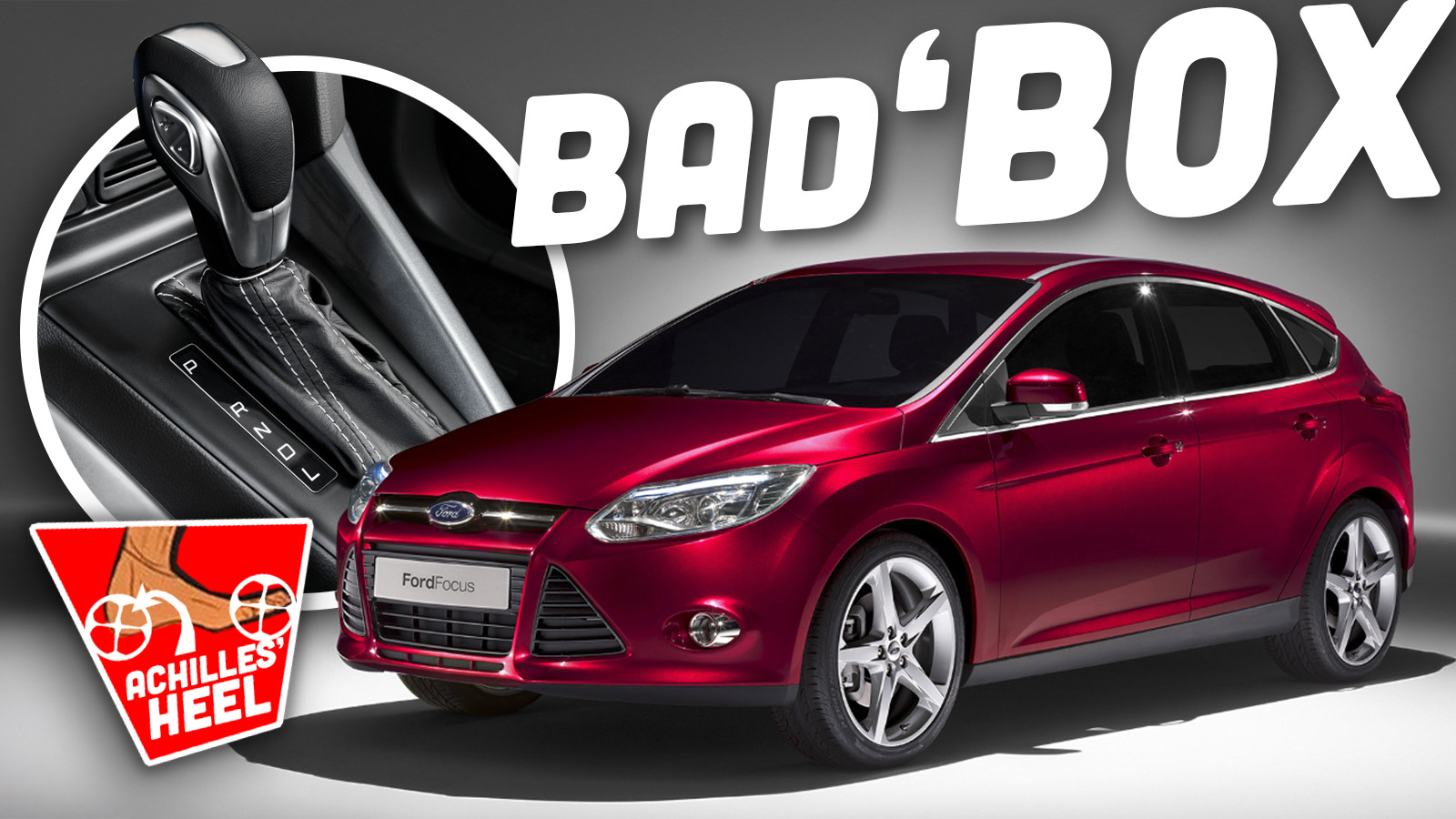




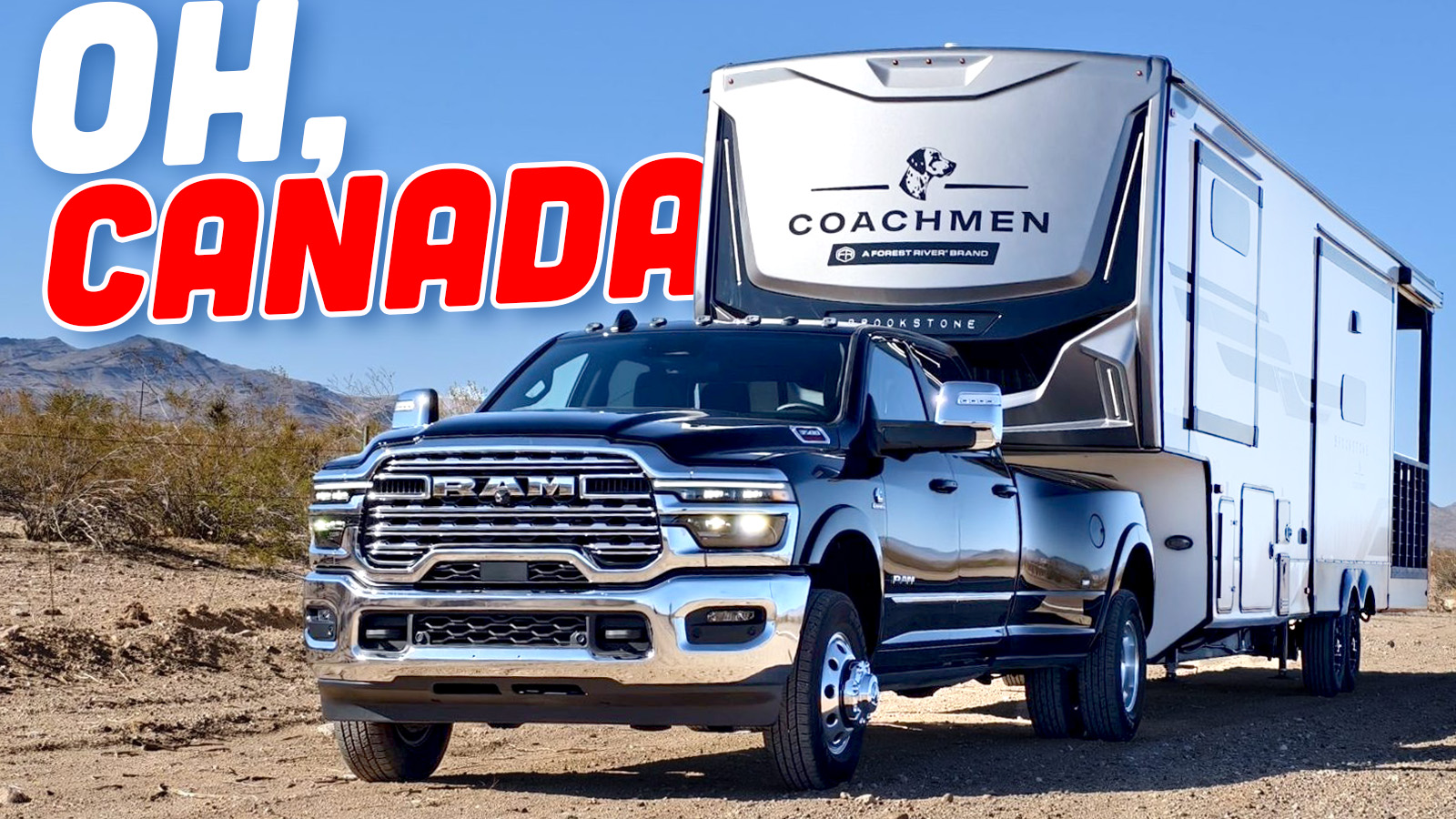
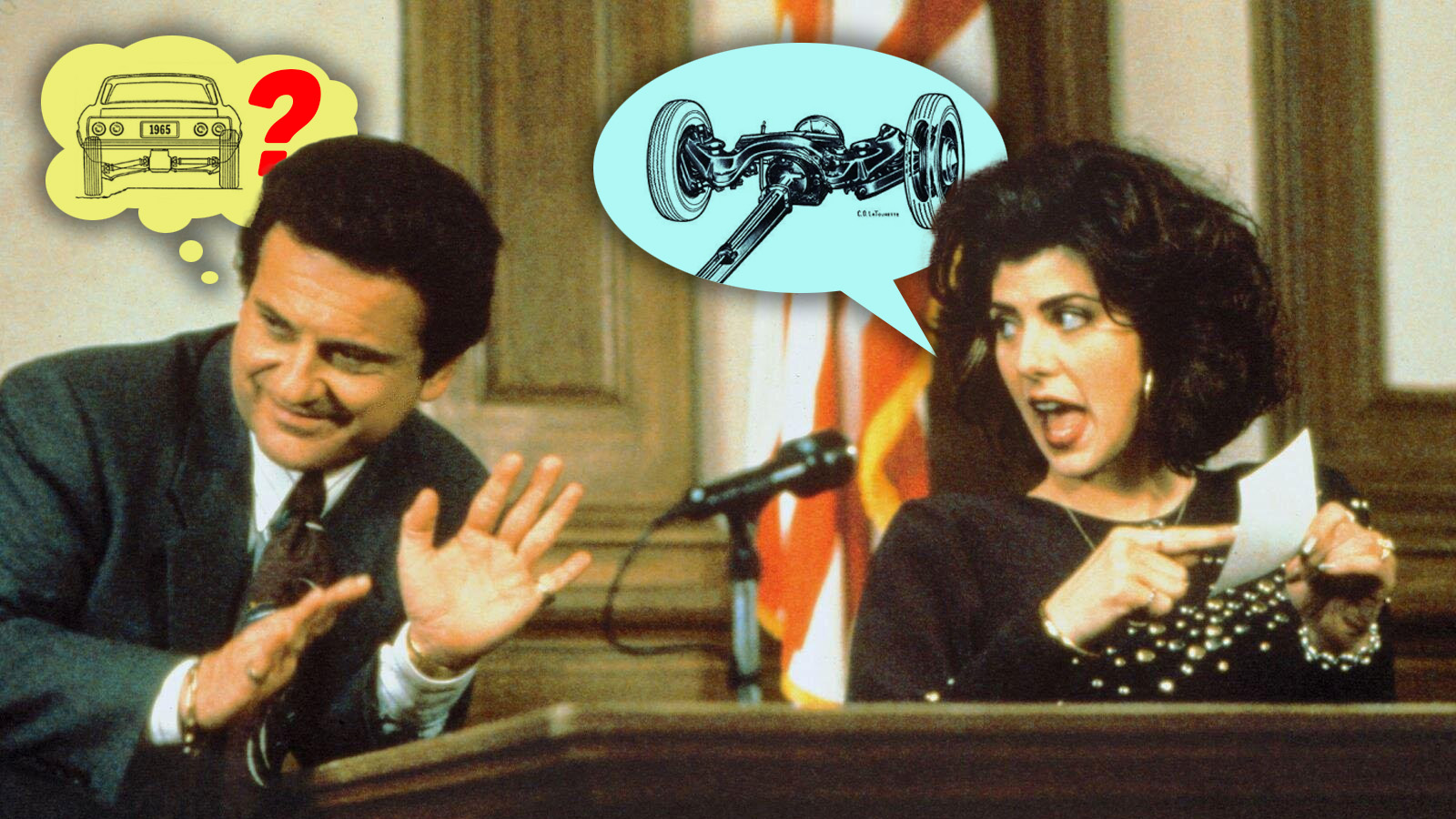
No one has brought up the low-hanging-fruit “PowerShit” moniker that the Australian motoring press loved to use?
I’ve had one car with a DCT. A Kia Rio GT line – a 1.0L, 3 cylinder turbo mated to a 7 speed dual clutch. When it worked well (99% of the time) it was riotously fun to drive. Despite the tiny engine, the rapid shifts and many ratios made it feel way faster than it had any right to. It would blip the throttle on the downshift, grunting like a pissed off bull terrier.
The 1% of the time it didn’t work well? It would lurch forward violently from a standstill, kangaroo hopping like a learner driver in a manual. It would shift into third at 90km/hr going down hills, redlining the engine. It never actually broke, and overall was a great car, but these annoying DCT idiosyncrasies were enough to swear me off dual clutches for life.
Sure was a long way to the obvious.
FoMoCo has been building cars since 1903 and automatic gearboxes since the 50’s. I don’t want to hear “I’m sorry” and “lessons learned” anymore. Kiss my rear end with your mia culpa mulligan BS, Ford.
They knew about this long before the owners even took the keys.
The mass market DCT seems to be a problem, the Chrysler DCT in the Dodge Dart is almost as problematic. Mazda made the right decision. The Mazda 3, CX-5 and some other models use the same global platform as the Focus, but Mazda chose a conventional 6 speed automatic and the normally aspirated Skyactiv instead of the turbo motor and DSG.
I’m also very glad North American Fiat 500s got an Aisin automatic instead of an automated manual
Perfect timing, I’ve got a 15 year old who will be 16 next year and I’ve been tossing around the idea of picking up a used Focus or Fiesta. My preference has been to find a manual, but they just aren’t common. Had no idea about the auto issue.
Yeah, I miss my commuter 2013 Focus SE 5-door hatch with the 5 speed manual. Decent power, good handling, comfortable, low-mid 30s mpg. No mechanical issues.
Had to let it go after just three years with only 86K on the clock due to circumstances beyond my control–for a few months I wasn’t sure I’d be able to drive any car, let alone something with three pedals.
While I wound up with a way better 5-door hatch (2019 Volt FTW!), I do see Focii of that vintage on the street sometimes, and wish we’d not had to part.
In the Yurp, since 2015-6-ish, the Ecoboost (if with auto) had a traditional hydraulic box, 6F15 according to the wikipedia. But of course the 1.0 Ecoboost has the wet cam belt problems…
Anyhow, there has not been as much noise about Powershift issues here. Could it be that people used to manuals tend to drive the dry clutch dct more like a manual than an auto? For example, the dry clutch DSG has clear shift points and seems to try to avoid slipping (250 Nm torque limit). In a way, it teaches the driver to its behaviour. Which was very apparent when trying out an E-Golf: this feels and smells just like an normal Golf, but you do not need to anticipate (slightly ease the throttle) before the immediate 1-2 shift as the car begins to move. It just starts to pick up the speed, no jerks to avoid. Unpossible. You don’t think about it, but you have adjusted your driving style to the DSG.
So, could it be that it is not a really a user error, but if you drive the dry DCT like a traditional slush box or CVT, the mechatronics and the puny low torque rated dry clutch disks might not like it.
People say that the wet clutch Powershift used in the diesel Mondeos ”felt like traditional automatics” and those held up well even as taxis. Or at least as well as VAG DSG with wet clutch… but both of those have regular oil changes. Like a traditional automatic.
I only test drove the DCT, but I noticed no issues with it. I don’t know if that was just luck/it being brand new or that I drove it like a manual (which I had to special order).
I understood about driving a DCT/DCG like a manual but are you meant to put it in Neutral when stopped in traffic – I always found these transmissions awful when in slowly crawling / stopping traffic. The Golf mk6 I used felt like it was ripping itself apart in this situation and putting it in and out of neutral ran risk of accidently putting it into Reverse because the shifter was sloppy. Was a nightmare I’d much rather drive a manual or even a well sorted CVT
We bought a 2015 Focus SE for my wife after her Skylark died with no warning. It was our first brand new car and we were shopping with zero time or research (I’m so ashamed and have never done that again, we got screwed). That Focus went through three clutches in the 5 years we owned it. Even though we had paid it off, we still got rid of it. Got next to nothing for it as a trade-in, but it was a timebomb that would not be worth fixing.
It is a shame because it was a pleasant little hatchback. The gas mileage was great, it kept up with traffic, I liked the styling, and we could fit plenty of stuff in it.